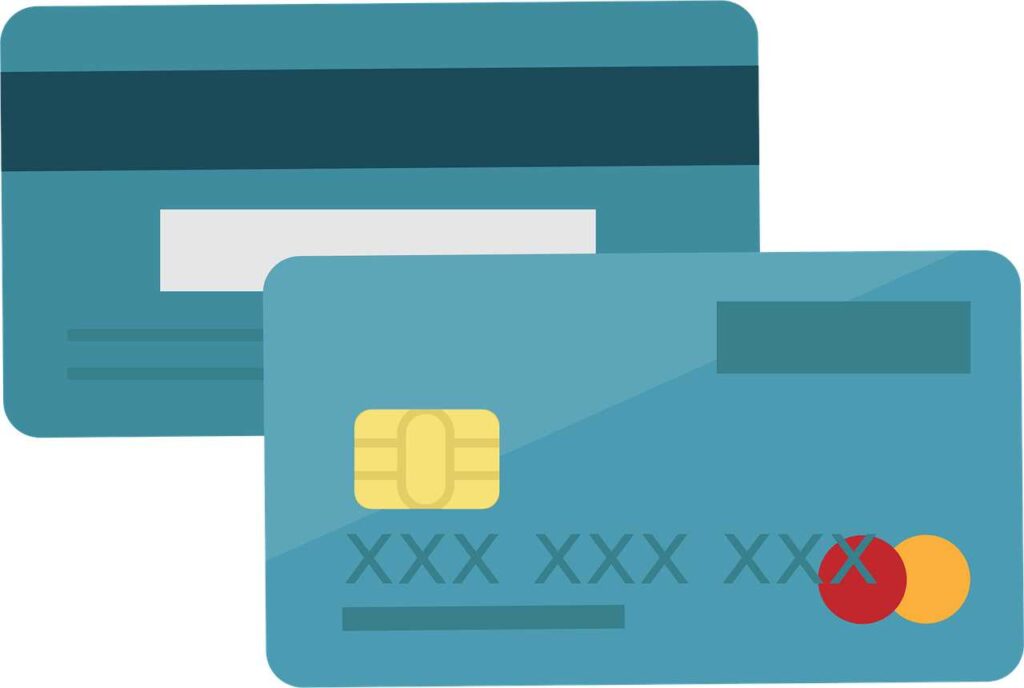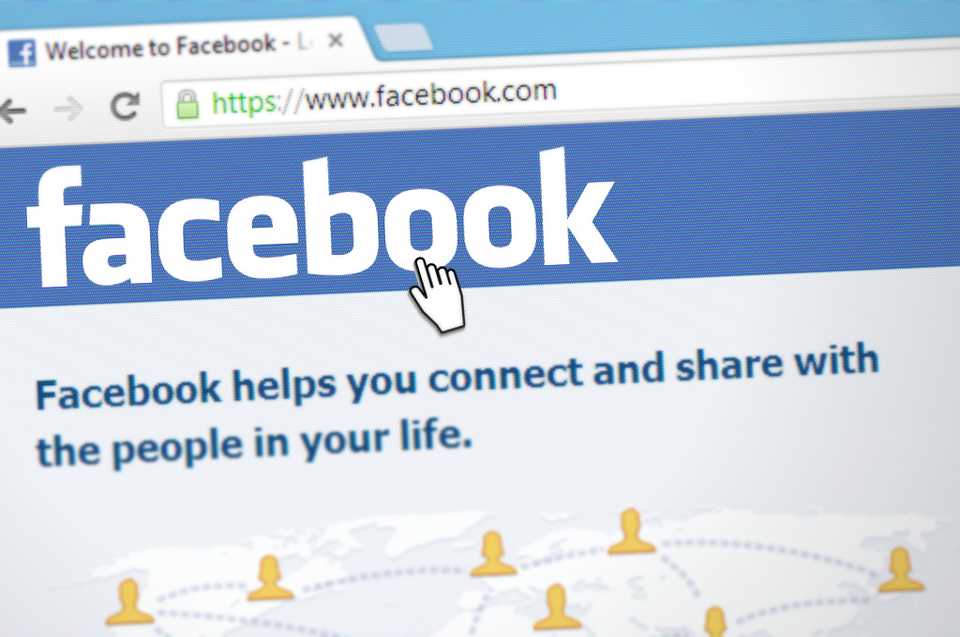Your internet history is a digital trail of the websites you visit, the searches you make, and the online content you consume. While this data can be convenient for quick access to previously viewed pages, it can also compromise your privacy and slow down your computer over time.
Whether you’re using Windows 11, 10, 8, or 7, this comprehensive guide will show you exactly how to delete internet history on windows, and ensure your online activities remain private.
📌 Why Deleting Internet History Matters
- Protects your privacy from others using the same computer.
- Frees up disk space by clearing cached files and cookies.
- Prevents targeted ads based on your previous searches.
- Improves browser performance and reduces lag.
🧠 How Internet History Works on Windows
Your internet history is mostly stored by web browsers, such as Chrome, Edge, Firefox, and Opera. While Windows itself doesn’t log every site you visit, it does store:
- DNS cache entries
- Recently accessed URLs
- File Explorer history (for downloaded files)
- Cookies, caches, autofill data
This means to completely erase your internet activity, you need to clear both browser data and system-level traces.
🖥️ How to Delete Internet History on Windows 11
Windows 11 comes with Microsoft Edge pre-installed, but many users also install Chrome or Firefox. Here’s how to clear history across them:
🌀 Microsoft Edge
- Open Edge.
- Click on the
⋯(three dots) > Settings. - Go to Privacy, search, and services.
- Scroll to Clear browsing data > Click Choose what to clear.
- Select time range (e.g., All time), check all items (history, cookies, cache), and hit Clear now.
🌐 Google Chrome
- Open Chrome > Click
⋮> History > History again. - Click Clear browsing data.
- Choose a time range, check all relevant boxes, and hit Clear data.
🔥 Mozilla Firefox
- Open Firefox >
≡Menu > Settings. - Click Privacy & Security.
- Scroll to History > Click Clear History.
- Choose the time range and items to delete.
🗂️ Clear DNS Cache on Windows 11
- Press
Win + R, typecmd, and hit Enter. - Run: bashCopyEdit
ipconfig /flushdns
3. 🖱️ How to Delete Internet History on Windows 8
Windows 8 has a modern UI but uses many of the same browsers. Here’s how to clear history on Windows 8:
Microsoft Internet Explorer (IE)
- Open IE.
- Press
Ctrl + Shift + Delete. - Check Browsing history, Temporary Internet files, Cookies, etc.
- Click Delete.
🔒 Tip: To prevent saving future history, use InPrivate Browsing via
Ctrl + Shift + P.
Chrome & Firefox on Windows 8
Same steps as Windows 11 above—Chrome and Firefox behave identically across Windows versions.
DNS Cache Flush (Windows 8)
- Open Command Prompt as administrator.
- Enter: bashCopyEdit
ipconfig /flushdns
🧾 Delete Internet History on Windows 10 and Windows 7
Even though they’re older versions, many still use them. Here’s a quick guide:
Microsoft Edge on Windows 10
Same process as in Windows 11. Newer versions of Edge work identically across both versions.
Internet Explorer on Windows 7
Use Ctrl + Shift + Delete to access the delete history menu.
Firefox, Chrome, Opera
Same steps as above—clearing history is consistent across versions.
5. 🌍 How to Clear Browsing Data from All Browsers (Windows)
Here’s how to clear history in other popular browsers:
🌐 Opera
- Click
Omenu > Settings. - Go to Privacy & security.
- Click Clear browsing data.
- Choose what to delete and click Clear data.
🦝 Brave Browser
- Click
≡> Settings > Privacy and Security. - Choose Clear browsing data.
6. ⚙️ How to Delete History Using CMD or PowerShell
Using PowerShell to Delete Edge or Chrome History
Run this script to clear Edge history:
powershellCopyEditRemove-Item "$env:LOCALAPPDATA\Microsoft\Edge\User Data\Default\History" -Force
To clear Chrome:
powershellCopyEditRemove-Item "$env:LOCALAPPDATA\Google\Chrome\User Data\Default\History" -Force
Note: This will only work if the browser is fully closed.
🔁 How to Auto-Delete Browser History in Windows
Google Chrome
- Go to chrome://settings/privacy.
- Under “Auto-delete activity,” choose 3 months or 18 months.
- Or install extensions like History AutoDelete.
Microsoft Edge
Use “Choose what to clear every time you close the browser” under:
Settings → Privacy → Clear Browsing Data on Close
Firefox
Go to:
Settings → Privacy → History → Firefox will: Never remember history
✅ How to Check if History Is Gone
- Open browser and check History tab (
Ctrl + H) - Use: bashCopyEdit
ipconfig /displaydnsin CMD to view DNS cache.
If you still see entries, flush DNS or clear browser data again.
🙋 Frequently Asked Questions (FAQ)
❓ Does deleting browsing history remove everything?
No. It removes locally stored data but not traces in your DNS or ISP logs.
❓ Is it enough to delete history from one browser?
No. You need to delete it from all browsers you use, plus flush system caches like DNS.
❓ Will clearing history speed up my PC?
Yes. Removing cache and temp files can free up RAM and improve performance.
❓ How often should I clear my internet history?
At least once a month. More frequently if you use shared/public PCs.
❓ Can I use third-party tools?
Yes.
❓ Is private browsing the same as deleting history?
No. Private browsing doesn’t save history, but doesn’t delete previously stored data. It also doesn’t hide activity from your ISP.
🧾 Conclusion: Maintain Your Online Privacy on Any Windows Version
Whether you’re using Windows 11, Windows 8, or even older versions, regularly deleting your internet history helps maintain your privacy, improves performance, and removes sensitive traces of your online activity.
By following the step-by-step methods above, you can ensure that:
✅ No personal websites are accidentally exposed
✅ Your device performs faster
✅ Advertisers and trackers can’t exploit your data


